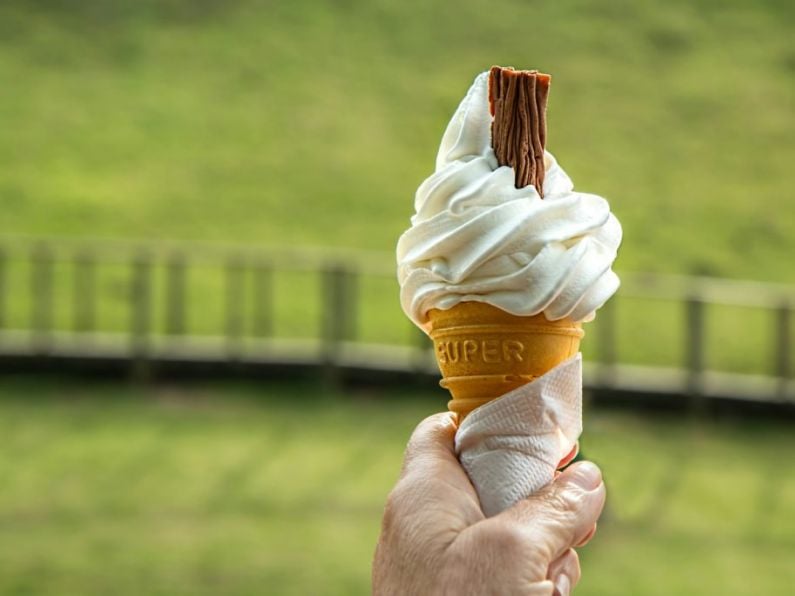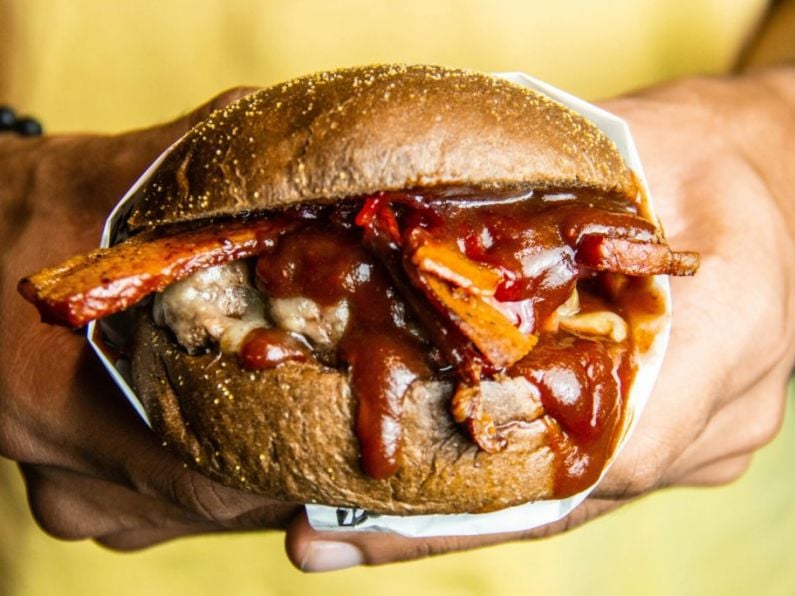A corn snake has been rescued in South Tipperary.
The ISPCA were called to recover Albert, who they are assuming escaped from his previous owner as his breed are known as great escape artists.
Albert is currently in quarantine to monitor for diseases and to help reduce his stress levels.
ISPCA Chief Inspector Conor Dowling said: “Corn snakes are one of the easiest reptiles to keep in captivity but even they require very specialised housing, feeding and care.
"The ISPCA would like to see stricter controls over the sale and keeping of exotic species including a ‘positive list’ of species which are permitted to be bred, sold and kept as pets based on their welfare needs and whether they pose a risk to human health or the environment if they escape or are deliberately released."
Things to know if looking to get a corn snake:
If you are thinking of getting a snake, it is best to speak to a reputable breeder/seller who has proper records on the reptile’s state of health.
Do your best to have an opportunity to handle the snake before making a purchase, so you can get an idea its temperament and health.
A healthy snake will appear alert, with bright eyes, smooth, unbroken skin and should be flicking its tongue. Ensure the snake’s records indicate that it sheds and eats regularly.
Proper corn snake housing:
Corn Snakes are not highly active and do not need huge enclosures. The size of a corn snakes' cage need only be large enough to house a snake comfortably.
For example, a shoe box would be acceptable for a hatchling. A corn snake of around 36-61cm (14-24 inch) can be housed in a ten gallon tank. An adult corn snake needs to be housed in a 15-20 gallon vivarium.
To choose the best possible size, a good rule-of-thumb is that the cage's minimum length should be two thirds of the snake’s length, and the tank width should be half the snake’s length.
In nature these snakes like to burrow and hide, so it is important to line the bottom of an enclosure with a loose bedding material such as newspaper shavings, aspen shavings, cypress mulch or lignocel. Certain materials can be harmful to snakes so consult vet to make sure the bedding you choose is suitable.
Make sure to include a snug box so the snake can take shelter and curl up in plus a water bowl for fresh water. A larger bathing dish can also be placed into the snake's enclosure as they like to soak in water to help during shedding periods.
Because snakes are cold-blooded they require a heat source. You will need to create a “thermogradient” within the tank, which means making it hotter at one side and cooler at the other. Place a heating lamp or under-tank heating pad to one side.
The hotter side should range from 28 to 30 degrees C, and the cooler one 20 to 24 degrees C. Make sure your snake has a daily cycle of light and dark. You can affix a UV light to the top of the tank and put it on a 12-hour timer.
As with most snakes, corn snakes make great escape artists, so ensure the vivarium is secure with the lid tightly in place. You will need to clean the tank regularly to prevent the snake getting sick.
Feeding and care:
Baby corn snakes begin by eating pink mice, and eat every 5-6 days. As adults they eat pre-killed grown mice every 7-14 days. The mouse should be around 1.5 times the width of the snake’s head, and be fully thawed before feeding.
Corn snakes are quite active and do well with frequent handling. However they should spend no more than 15 minutes outside their vivarium or they risk getting too cold. Wash your hands before and after handling the snake and do not attempt to pick up the snake after handling its food.
If you attempt to lift the snake and it pulls back into an s-shape, this indicates it has become aggressive and you should leave it be. These snakes will shed every few weeks when they are small, and increase to every few months when they are older. The snake takes on a darker colour and its eyes may appear cloudy or blue.
You may also notice it rubbing up against the sides of the tank or other objects in an attempt to start the shedding process. You can help this process by increasing the humidity in the tank, and feed it less often during this period.
Cage Size:
The size of a corn snakes' cage need only be large enough to house a snake comfortably for example a simple shoe box would be acceptable for a hatchling and a corn snake of around 14-24 inch/36-61cm can be housed correctly in a ten gallon aquarium.
However this would not be suitable for an adult where a 15-20 gallon aquarium would be needed, in order to get the best possible sized tank for your snake you can also follow the rule of thumb that the cage's minimum length should be two thirds of the snakes length and the tanks' width should be half the snakes length.
Corn Snakes are not highly active and do not need huge enclosures. A medium sized vivarium (even a fish tank with a tight fitting lid) will house your Corn Snake nicely. The vivarium should allow a minimum of 1 square foot of floor space to each foot of snake and be approximately a third of the snake’s length in height.
A larger bathing dish can also be placed into the snake's enclosure in order to aid in the shedding of the snakes skin as this will allow the corn snake to soak in the dish.






